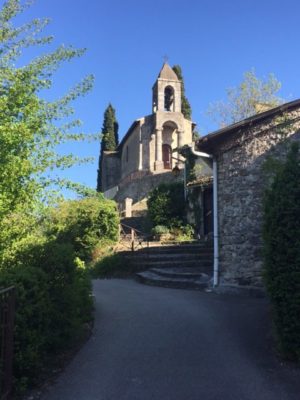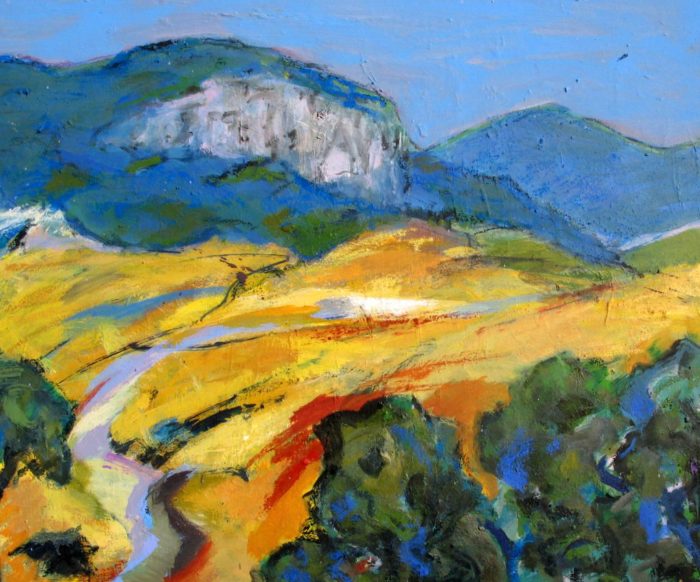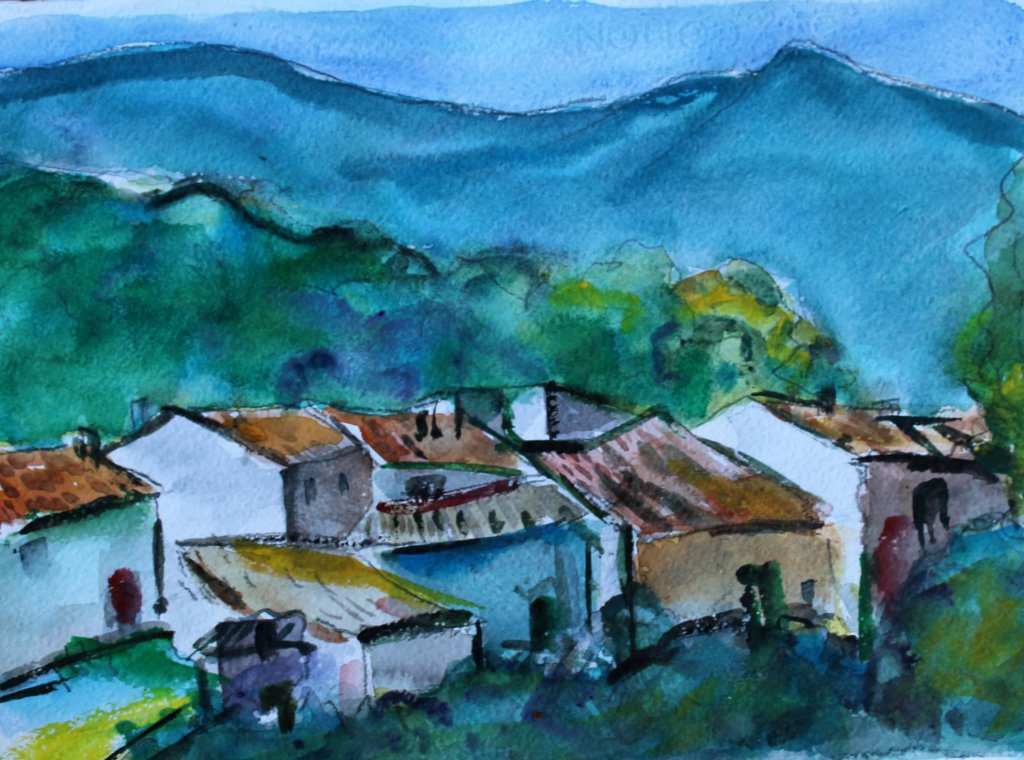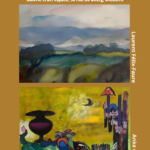The Drôme

I find it hard to describe la Drôme in all objectivity for I consider this French Department to be one of the most beautiful regions in France, and perhaps even, as far as I am concerned, one of the most beautiful in the world! If you consult a map it is situated on the eastern banks of the Rhône, in southern France at about an equal distance between Lyon and Marseille on the way to the Midi and the Mediterranean Sea. In their haste to reach their destination down south for a long while la Drôme was unknown territory for tourists who did not realise that they were passing by a region with exceptional landscapes that can favourably bare the comparison with those of Tuscany or Umbria in Italy.

When leaving the Rhône Valley to enter la Drôme the plain begins to breath and glowing hills rise, fringed in the distance by blue mountain ranges. The eye can then clearly distinguish three distinct landscapes, plains, hills and mountains, that merge in perfect harmony. I should also mention its three important water courses that are quite different in nature. From the beginnings of time the impressive Rhône has been the passage way of many civilisations and it runs along the whole length of the Department. Then there is the Isère the etymology of which comes from “the impetuous one” and that flows down from its source in a glacier in the Alps of Savoie. The source of the Drôme River from which the Department takes its name is in the eastern Prealps. Its meandering course plays the role of frontier between the northern and the southern regions.
The landscape in the north of la Drôme is alpine with high mountain peaks. In this wild and often impenetrable territory the French Resistance, the “Maquis” sought refuge and was able to organise deadly operations against the German occupying forces. The wolf and the lynx that are practically extinct elsewhere still prowl on the summits of the Vercors range while high above the Royal Eagle, circles majestically in the air. Travelling further down south the landscape changes and becomes milder, foothills alternate with flat country to finally open onto the luminous landscape of the Provence where the cicadas sing, vineyards and olive groves stretch as far as the eye can see, and where from June to August vast patches of violet blue lavender colour the earth. And, if this is not enough the climate is surely a final argument. On a yearly average la Drôme enjoys some 2500 hours of sun whereas in England for example it barely shines 1200 hours. There is a strong wind it is true, the “Mistral” that can be a bit trying at times but it cleans the sky when clouds linger in many other regions. It also purifies the air and at night the stars twinkle so brightly that astronomers frequently chose la Drôme to observe and study celestial bodies.

Watercolor, 30 x 40 cm
La Drôme extends over an area of 6530 square kilometres which is roughly twice the size of Luxemburg, but the density of the population is far and far lower, 75 against 189 inhabitants per square kilometre. The Department is mainly a rural area and the only real traffic jams on the local roads are due to tractors making their way up and back to work. All around there are wheat fields and orchids, apricots in abundance, garlic, truffles, vineyards of course and olive groves, pasture land dotted with sheep and goats who produce renowned cheeses like the tasty Picodon. La Drôme is a leader in the field of biological culture which represents 20% of its agricultural land and it is world famous for the transformation of aromatic and medicinal plants. There are industries and the number of firms are in excess of 10.000, but farming activities throughout the Department have ensured that the natural scenic beauty has remained unspoiled.
There is much more to tell about la Drôme, and I will do so in later instalments on art. I cannot however conclude this description without referring to history. The whole region is steeped in it and the remnants of a rich and eventful past are visible wherever you go. Prehistoric civilisations made their way along the Rhône and many settled here. Celtic tribes traded with the Greeks in Marseille 600 years BC, the Romans occupied the Rhône Valley for centuries. There are hundreds of Romanesque churches, chapels and abbeys that were built in the Middle Ages. The Moors passed and went and so did the Crusaders on their way to free the Holy Land. Medieval villages such as the one I live in are scattered all over the country and la Drôme numbers no less than 600 castles or dungeons. It is impossible not to feel the aura of such a past knowing that before us millions of human beings have lived here, toiled, prayed and loved.
Posted in: History,The Region


